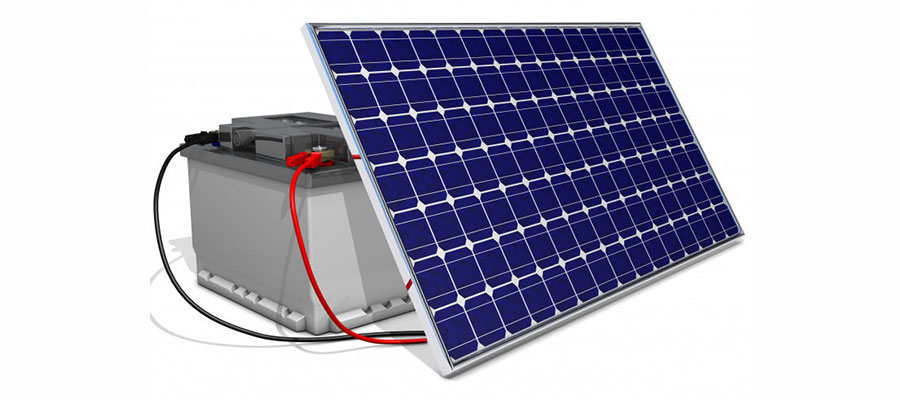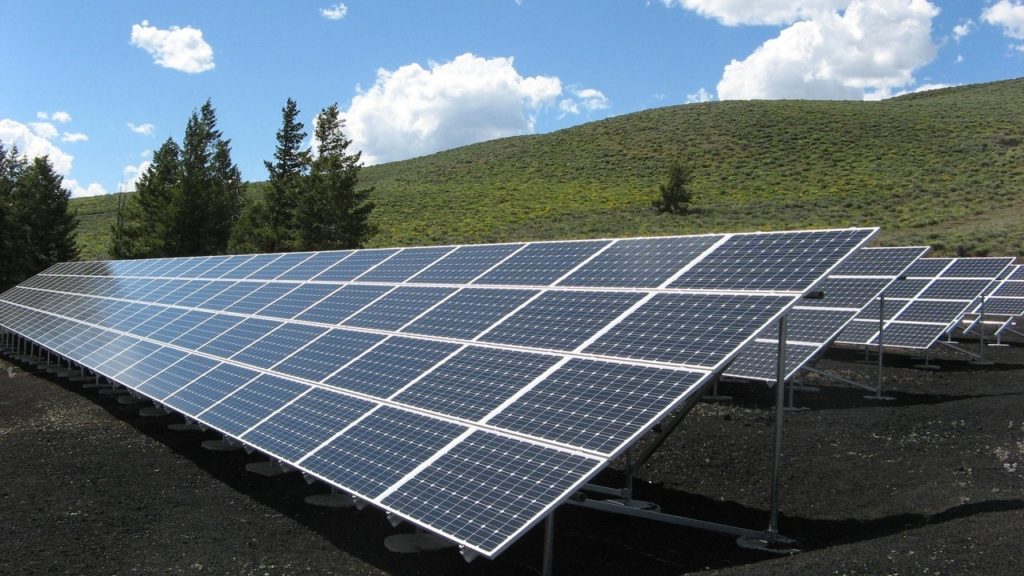The Key Trends In Solar Battery Capacity For 2025
There are endless advantages to solar energy. It’s clean, renewable and limitless. Plus, you can store excess power for later by using solar storage devices like batteries — which allow users to reduce their electricity bills and have access to emergency power.
What’s next for batteries used in solar storage? Take a look at solar battery capacity predictions going into 2025.
Current Battery Capacity Potential
Batteries have a limit. They don’t store unlimited amounts of energy — and consumers need to consider storage options for various reasons. If you can’t save excess power, you miss a chance to bank emergency energy and cut down bills. Many solar panel owners don’t know such an option exists.
Capacity refers to how many kilowatt-hours one solar battery can hold, as well as how much electricity it can deliver at any given moment. It’s currently possible to purchase solar batteries with three chemical compositions: lithium-ion, saltwater and lead-acid. Each has distinct pros and cons.
The average solar battery has around a 10-kilowatt-hour capacity, but you can stack units to allow for more space. That’s crucial to consider because households usually require about three times that amount to operate as usual. This prospect can be tricky when you realize that a one-kilowatt-hour battery costs nearly $200. How can the average person afford that amount?
Fortunately, it’s possible that as renewable energy becomes more practical, prices and accessibility will make more sense for homeowners.
Renewable Energy Becomes More Appealing
States like California have plans to replace fossil fuels with renewable energy over the next two decades. How will they achieve these goals? It’s all about participation. If we don’t work together to implement green power solutions, we’ll end up enduring various climate change implications.
That’s why innovation matters. It’s the only way to ensure more people have access to clean energy, particularly with the growing efficiency of solar panels. Concepts like battery capacity might seem unimportant in the grand scheme of things, but we’ll never be able to tackle the world’s environmental issues unless we make these systems more diverse and capable. If we look ahead to battery capacity developments, we can see a silver lining.
What’s Next for Battery Capacity?
It looks like we’ll have larger batteries for households and businesses in the future. Take a solar farm in Kern County, Calif., as an example. They installed an 800-megawatt-hour battery to preserve power. Granted, you can’t compare solar farms to individual homes — but it’s a promising notion for what lies ahead.
This point will also be true on a national scale, as the U.S. plans to add 14.3-gigawatt batteries to its setup in 2024. That’s an exceptional amount of storage, which makes developments on smaller scales even more achievable. Companies that can build these batteries can create products with more storage for home use, which will be especially essential for power usage during weather-related issues like the one recently experienced in Texas.
There’s no denying that solar panels provide various eco-friendly benefits for humans and wildlife alike. If we can distribute renewable energy options that are simple to install and use, we can make strides toward a brighter future. This reality becomes more achievable as battery capacity grows to new heights.
The opportunity for battery capacity won’t cease anytime soon. Homeowners can expect to see more solar panel packages that include batteries. This development will make batteries much more accessible — and hopefully more affordable, as well.
The Future of Solar Battery Capacity
It’s essential for those interested in solar to keep an eye on the energy storage industry. This sector has significant untapped growth potential — and we can expect things to continue expanding over the next few years with the emergence of new innovations like solar powered EVs. That’s evident when you look at how trends like battery capacity have emerged left and right. Keep these points in mind as the market develops throughout 2025, so you can stay ahead of the curve.
Recommended Reading: How to Make Your Own Solar Panel


5 thoughts on “The Key Trends In Solar Battery Capacity For 2025”